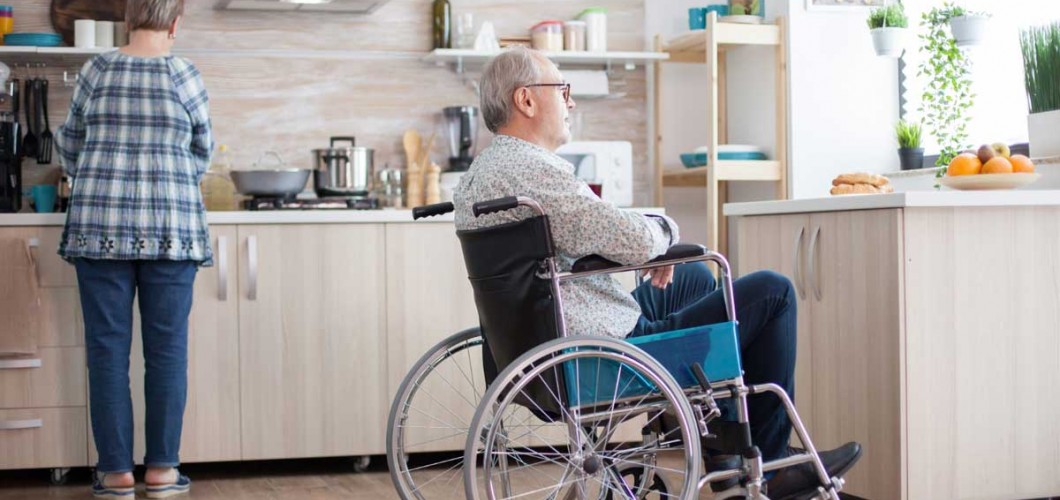
First Aid for Stroke and Brain Attack: Vital Intervention Steps
Reading Time: 15 minutes
A stroke, or brain attack, is a serious medical condition that occurs when blood flow to a part of the brain is blocked or interrupted, leading to brain cell damage. If not treated promptly, a stroke can lead to permanent disability or even death. A person experiencing a stroke requires immediate and proper first aid. In this article, you will find the necessary first aid steps for stroke and brain attack situations, as well as vital information on how to intervene quickly and effectively during this medical emergency.
What is Stroke and Brain Attack?
A stroke occurs when the blood flow to a part of the brain is cut off. This leads to oxygen deprivation in the brain, causing brain cells to be damaged. There are two main types of strokes:
- Ischemic Stroke (Blocked Brain Artery): This type occurs when a blood clot blocks the flow of blood to the brain. It is the most common type of stroke.
- Hemorrhagic Stroke (Brain Bleeding): This type occurs when a blood vessel in the brain ruptures, leading to internal bleeding in the brain. Although it is less common, it can be more dangerous.
Symptoms of a Stroke
A stroke typically develops suddenly and can present with several noticeable symptoms. Here are the common signs of a stroke:
- Facial Asymmetry: One side of the face may droop, or the mouth may be skewed.
- Weakness in Limbs: Weakness or paralysis in one arm or leg, often on one side of the body.
- Speech Difficulty: The person may have trouble speaking, slurring words, or may not be able to speak clearly.
- Dizziness and Loss of Balance: The person may experience sudden dizziness or loss of balance.
- Vision Problems: Blurred vision, double vision, or partial loss of vision in one eye.
- Severe Headache: A sudden and severe headache, particularly associated with hemorrhagic stroke.
If any of these symptoms are noticed, immediate medical assistance should be sought.
First Aid Steps for Stroke and Brain Attack
Time is critical when it comes to treating a stroke. Every minute counts, as delay can lead to further brain damage. Here are the essential first aid steps to follow when someone is having a stroke:
1. Call for Emergency Help
As soon as stroke symptoms are recognized, call for emergency medical help immediately. Time is of the essence in these situations. When calling emergency services, clearly describe the symptoms (e.g., facial drooping, weakness, speech difficulty) to help responders prepare in advance.
2. Position the Person Properly
Make sure the person is comfortable and resting. The best position for someone having a stroke is usually lying on their back with their head slightly raised to facilitate proper blood flow. If the person is unconscious or vomiting, it may be safer to position them on their side to avoid choking.
3. Check the Person's Consciousness
It is important to check if the person is conscious. If they are unconscious and not breathing, immediate CPR (Cardiopulmonary Resuscitation) should be performed. CPR can help keep the person alive until medical help arrives.
4. Do Not Give Food or Drink
Never attempt to give food, drink, or medication to a person who has had a stroke. Their ability to swallow may be impaired, and this could lead to choking or aspiration. It is important not to administer any medications unless advised by a healthcare professional.
5. Monitor the Person's Condition
Even if the person appears to be improving, continue to monitor their condition closely. Stroke symptoms can fluctuate or worsen. Pay attention to vital signs like pulse, breathing, and consciousness level, and provide updates to emergency responders when they arrive.
When Quick Intervention is Necessary
Stroke and brain attack situations require immediate medical attention. If a person experiences any of the following, quick intervention is crucial:
- Facial Asymmetry or Weakness: Sudden drooping of the face or weakness on one side of the body.
- Speech Difficulty: The person may speak incoherently or may be unable to form words.
- Severe Headache: A sudden and severe headache, especially associated with brain bleeding.
- Loss of Consciousness or Mental Confusion: If the person becomes unconscious or shows signs of confusion or disorientation, emergency help is needed.
Preventive Measures for Stroke
While not all strokes can be prevented, there are steps that can be taken to reduce the risk:
- Regular Health Check-ups: High blood pressure, cholesterol, and diabetes can increase the risk of stroke. Regular health check-ups can help manage these conditions.
- Healthy Diet and Exercise: A balanced diet and regular exercise help maintain cardiovascular health, which can reduce stroke risk.
- Avoid Smoking and Excessive Alcohol Consumption: Smoking and excessive alcohol consumption increase stroke risk. Quitting smoking and moderating alcohol intake can reduce the risk.
- Stress Management: Chronic stress can contribute to heart disease and stroke risk, so managing stress is important for overall health.
Conclusion
Stroke and brain attacks are medical emergencies that require swift and accurate intervention. Immediate first aid can make a significant difference in the outcome, improving the chances of survival and reducing the likelihood of permanent disability. Recognizing the signs of a stroke and taking prompt action, such as calling for emergency help, positioning the person properly, and monitoring their condition, can save lives. By following preventive measures and living a healthy lifestyle, the risk of experiencing a stroke can be minimized.

Leave a Comment